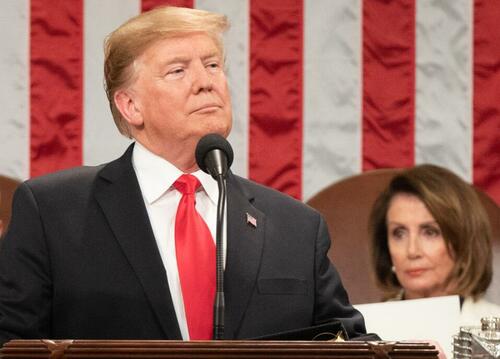Can e-rupee replace physical cash, or at least cannibalize its market share? It’s true that cash remains king in India even after demonetization and the growing popularity of mobile money platforms. But there may be a crucial difference: the Reserve Bank of India says wallet-to-wallet transactions in digital rupee will remain anonymous. That may well be the game-changer for India’s Central Bank Digital Currency (CBDC). Other forms of mobile money offer no anonymity in digital transactions, leaving a digital trail. Anonymity may help e-rupee emerge as a popular alternative to physical cash, given the convenience in storing it and the deep penetration of mobile phones in India.
Difference between e-rupee and UPI, mobile wallets
The CBDC will be an exact digital copy of the physical currency, with the anonymity of physical cash. So, when the digital currency is transferred to a consumer’s wallet, the transaction will be captured by the bank, as it happens with physical cash. But subsequently, all wallet-to-wallet transactions will remain anonymous, with no record in the core banking system of a bank, just the way it is with physical cash. The RBI plans to remove all records of digital transactions between wallets.
You might also like
Has the RBI hit a turning point?
Budget to propose record train tracks
Phoenix Mills has risen from the pandemic lull
Why do NRIs want a piece of India’s real estate?
UPI platforms and other wallets – from PhonePe to Google Pay and Paytm – are enabling platforms for digital money transactions. E-rupee is a fiat currency in digital form and transactions in it will not require any intermediaries. Transaction between two parties, individuals or businesses, leads to money being transferred from one wallet to another without banks getting involved. There will be no difference between paper and digital currencies, and the income tax rules of physical cash will also apply to e-rupee, RBI governor Shaktikanta Das said recently.
Can digital rupee replace physical cash?
That appears improbable in the near term. UPI and other digital platforms ensure seamless transactions, and yet, cash has remained popular. However, these transactions do not offer anonymity. On the e-rupee, RBI deputy governor T. Rabi Sankar said, “Anonymity is a basic feature of currency and we’ll have to ensure that.” That may well be the big leap for CBDC in India.
India – and the world – has long become used to the anonymity of physical cash transactions. A digital currency that has all the properties of physical cash will have an immediate edge over other digital money platforms, particularly for high-value transactions. Currently, Indians use Paytm, Google Pay, PhonePe, and other digital platforms, for small-value transactions.
Also, India’s black economy has flourished thanks to the anonymity of physical cash, and such transactions could shift to an anonymous digital rupee. It could eat into the share of physical cash, particularly in big cities, but it may take years for Indians to accept and trust transactions in e-rupee, particularly the promise of anonymity.
Other advantages of e-rupee over physical cash
The deep penetration of mobile phones will make it convenient to store and carry around large amonts of digital rupees, making it suitable for high-value transactions. For the RBI, it saves the cost of printing money. It will be easier to distribute among banks, while physical cash has to be stored and moved across bank branches. Also, the RBI, and many other central banks, want to offer an alternative to cryptocurrencies. The RBI has been warning about the dangers of investing in speculative assets like cryptos which are too volatile to be a storehouse of value or a medium of exchange.
THE E-RUPEE ADVANTAGE
* It’s a digital copy of physical cash
* All wallet-to-wallet transactions will be anonymous
* Easy to store and carry in mobile wallets
* It saves the cost of printing money
* It’s a safe alternative to volatile cryptos
Elsewhere in Mint
In Opinion, M. Muneer and Ritu Chugh answer if the movie ‘Kantara’ can kindle a rural renaissance. Jaspreet Bindra writes on the tech rumbles of 2022. Karan Mehrishi tells what it will take for India to become a developed country. Long Story narrates the tale of a mighty bubble that came before cryptos.
Download The Mint News App to get Daily Market Updates.
More
Less















